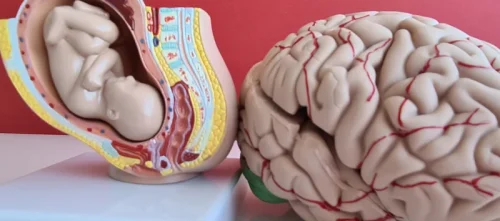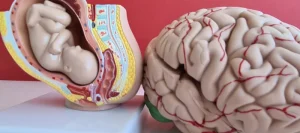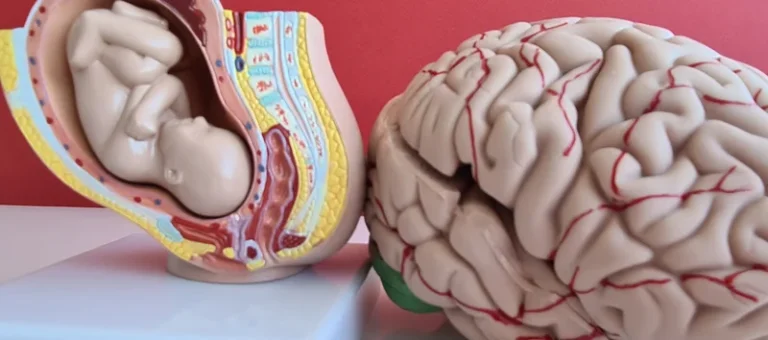
Following detox, structured treatment programs help address psychological and behavioral elements of addiction. These treatments can include individual counseling, group therapy, and support groups like Alcoholics Anonymous (AA). This phase emphasizes rebuilding life skills, coping strategies, and understanding triggers to reduce the risk of relapse. Recovery from alcohol use disorder (AUD) begins with detoxification, a critical first step that removes alcohol from the body safely.

When is Alcohol Intoxication a Sign of Alcoholism?

But in some cases, people with this condition might have accidentally or intentionally drank household products containing alcohol, such as mouthwash or vanilla extract. By consuming less alcohol and leading a healthier lifestyle, people may overcome their alcohol addiction and regain control of their lives. They can therefore anticipate a more promising future devoid of booze. “There is no designated ‘safe’ level of drinking,” says Dr. Donald.
Stage 4: Severe Impairment
A patient who has ingested isopropanol may not have any specific complaints. Rather, the patient may simply appear intoxicated, as with ethanol intoxication. A history of abdominal pain, nausea, and sometimes hematemesis may be obtained.
Contents
The Centers for Disease Control and Prevention (CDC) claim that about 88,000 individuals die annually from drinking excessive amounts of alcohol. People experiencing this stage are more likely to experience life-threatening complications without medical intervention. With a BAC between 0.35 – 0.45%, a person is at high risk of going into a coma. Respiratory and circulatory depression causes deaths, motor actions and reactions are impeded, and the body’s temperature is below average. This stage can happen to someone with a BAC between 0.18 – 0.30%. The person might not be able to stand on their own or keep falling down when they try to move.

You will also start to experience the negative effects of alcohol, including problems with judgment, memory, and coordination. This is a zombie-like stage of intoxication, and there’s the chance of experiencing alcohol poisoning, coma, or death. At this stage of intoxication, the person’s behavior will be normal with no visible signs of intoxication, such as slurred speech or delayed reaction time. Behavioral Signs When a person reaches the Intoxication Stage, their level of alertness has decreased.
- Our caring, compassionate staff and evidence-based therapies can help you get sober and take control of your life.
- You won’t be able to gag since you won’t be able to breathe.
- Alcohol will stay in urine for up to 80 hours and in hair follicles for up to three months.
- Generally, though, people move through certain stages of intoxication as they consume alcohol.
- Understanding these stages can aid in recognizing the severity of alcohol use disorders, which affects millions.
What are alcohol intoxication symptoms?
- “Heavy drinking” refers to binge drinking five or more days within the past month.
- Common indicators include increased tolerance, frequent changes in mood, or drinking to cope with stress.
- Although there are people who have survived at this stage, it’s rare.
- The once benign use of alcohol for mood enhancement starts transitioning into a compulsive ritual, suggesting early signs of addiction.
- Our compassionate, friendly staff is available 24-hours a day to take your call and help you begin your recovery journey.
- A person at this stage can barely move or stand, is prone to vomiting, and may slip in and out of consciousness.
This was done to reflect variations in the physiological effects of ethanol on the nervous system between different individuals. Under real-world conditions, much will depend on a person’s age, race, gender, pattern of drinking, habituation to alcohol and stages of alcohol intoxication the development of central nervous tolerance. The impairment effects of ethanol also depend to some extent on whether observations are made on the rising or declining phase of the blood-alcohol curve (Mellanby effect). The signs and symptoms of alcohol intoxication result in alterations in a person’s consciousness, cognition, perception, judgment, affect, or behavior. These can vary between people and depend on the severity of intoxication.

While some find it fun to get a buzz from Drug rehabilitation drinking alcohol from time to time, consuming too much of it can be downright dangerous. Usually a man will start to feel tipsy after consuming 2 to 3 alcoholic drinks in an hour. A woman will feel tipsy after consuming 1 to 2 alcoholic drinks in an hour.
Repeated episodes of binge drinking may progress to a dependence on alcohol. What may start out as social drinking can lead to alcohol dependence over time. Many people can drink occasionally without negative effects. They may be able to have drinks with friends on the weekend or a glass of wine at dinner with little consequence. The National Institute on Alcohol Abuse (NIAA) defines binge drinking as consuming four drinks on one occasion for females and five drinks for males.
Stage 6: Coma
- Both young people and adults can experience alcohol poisoning.
- As you drink, alcohol goes into your bloodstream and affects your brain and body functions.
- For outpatient treatment to be effective, the person needs to have a stable home situation that is supportive of recovery.
- A doctor can diagnose intoxication by checking the patient’s blood alcohol content levels.
- They offer inpatient, partial inpatient and outpatient treatment options.
- An important feature of the Dubowski alcohol table was the overlapping ranges of BAC for each of the stages of alcohol influence.
- At this stage, there are typically no noticeable signs of intoxication.
Alcohol servers and bartenders must remember that this is the legal limit for intoxication. When someone reaches this stage, they are no longer legally able to drive. Intoxication can also lead to choking due to vomit, extreme dehydration, circulatory issues, seizures, and even brain damage. Alcohol poisoning also causes thousands of deaths per year. This stage is usually not counted as there is too little alcohol in the system to have noticeable effects.
